Porsche has launched an electrified version of the Porsche Cayenne called the E-Hybrid, which inherits technology from the powertrain of the hot-selling Panamera 4 E-Hybrid.
The all-wheel-drive SUV variant uses a 3.0-litre V6 instead of the Panamera's 2.9-litre unit (which is smaller because of a larger crankshaft that shortens the engine’s stroke) with an eight-speed Tiptronic S automatic gearbox, but it borrows electric hardware from its liftback sibling to produce up to 456bhp and 516lb ft of torque. This enables a 0-62mph time of 5.0sec and top speed of 157mph.
2018 Porsche Cayenne Hybrid review
Porsche claims an all-electric range of 27 miles and a top speed of 84mph in pure-electric driving. It takes 7.8 hours to fully charge the 14.1kWh battery with a 230V connection. This falls to 2.3hr if an optional 7.2kW on-board charger is fitted. The car’s charge rate can be managed remotely via a Porsche Connect app.
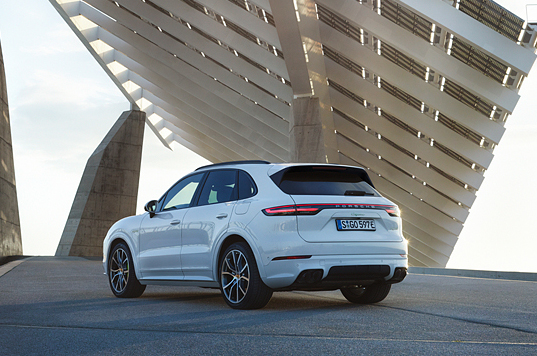
Average fuel consumption for Cayenne E-Hybrid’s entire powertrain (according to the New European Driving Cycle) is rated at up to 88mpg. This makes it the most efficient version of the current-generation SUV, overtaking the incumbent petrol V6 alternatives. Porsche doesn’t currently have any diesel models on sale, although a diesel Cayenne is due next year.
When pressed, the hybrid powertrain, which is said to benefit from technology first introduced to the 918 Spyder, can provide maximum torque instantly. In Sport Plus mode, Porsche says virtually all of the battery’s energy can be used up in a boost. In Sport mode, the fluid-cooled battery provides less energy and is constantly replenished to enable continued boosts of torque.
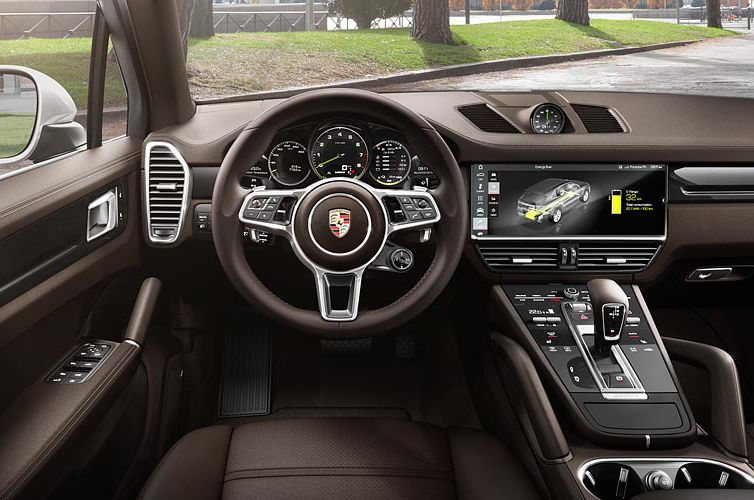

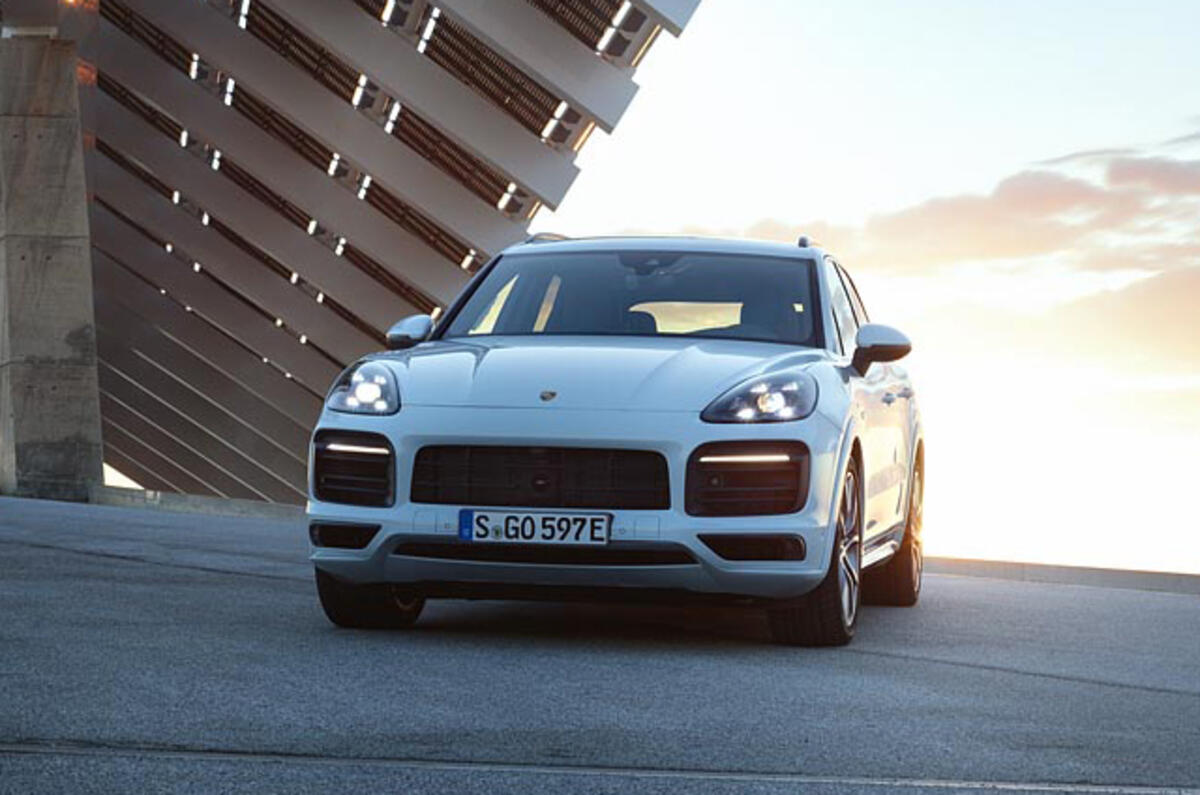
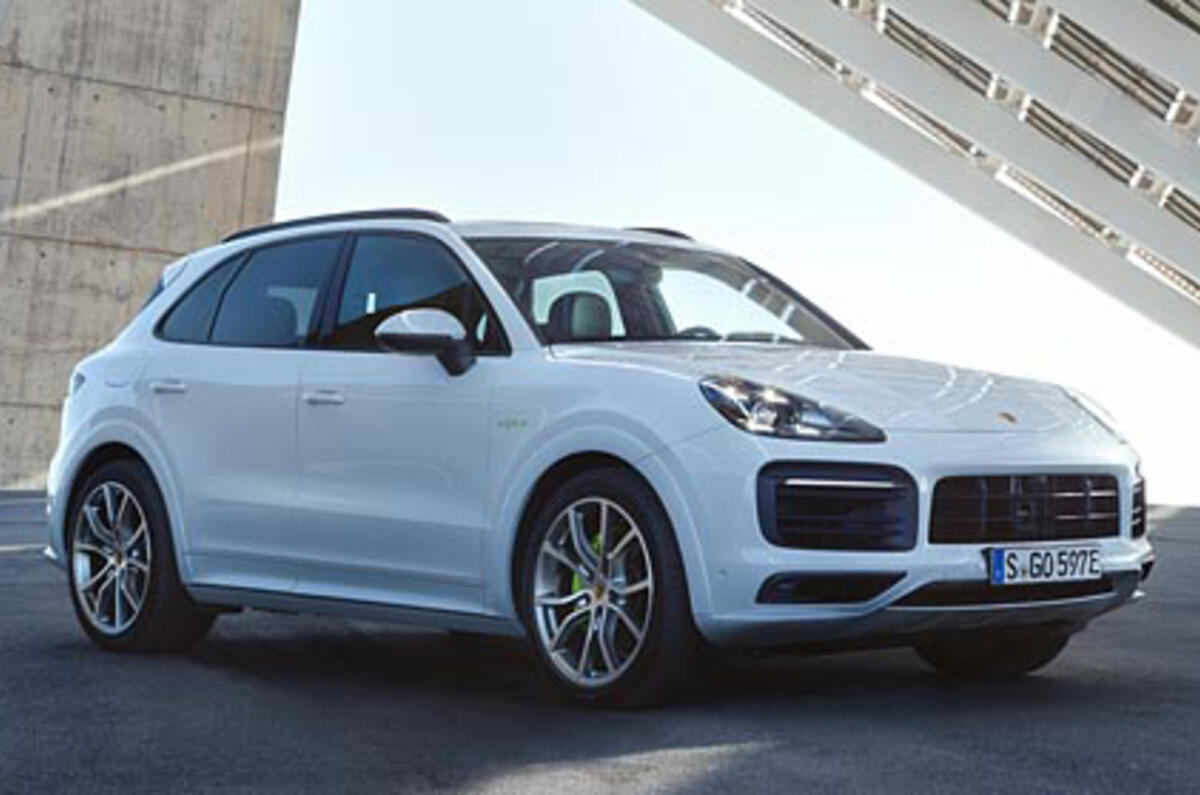

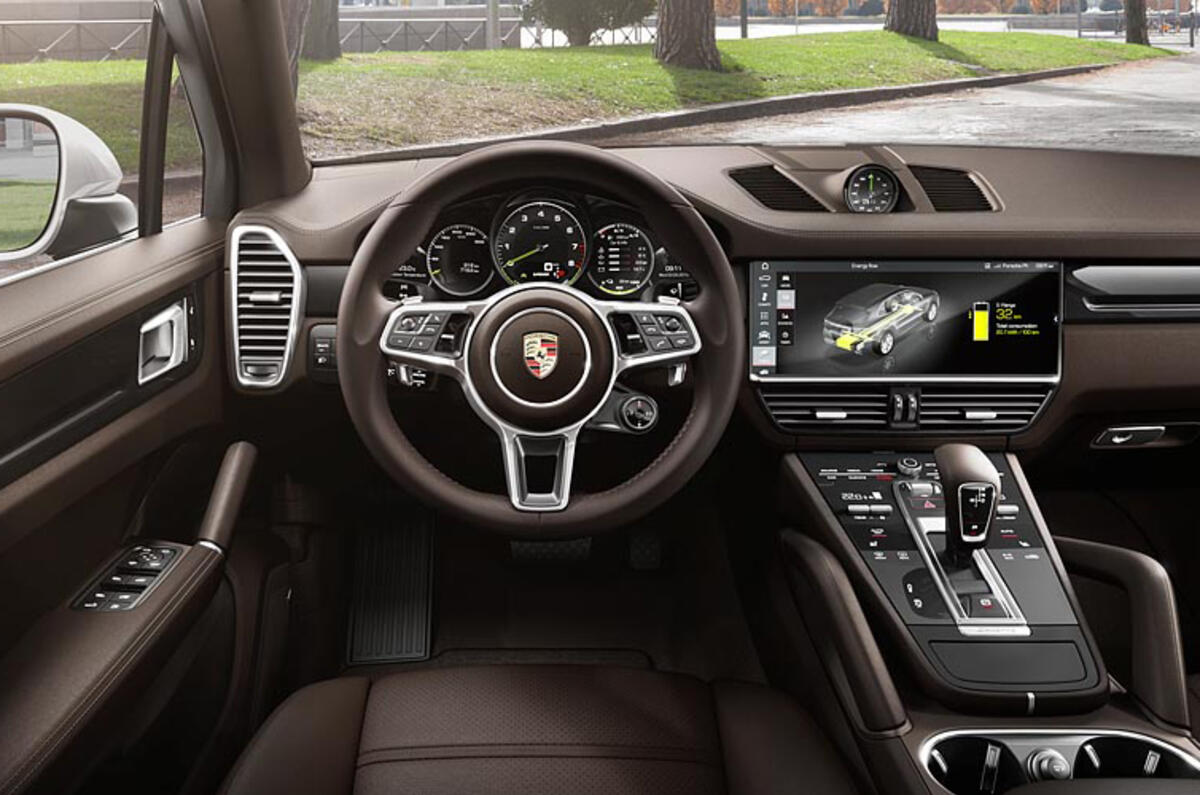
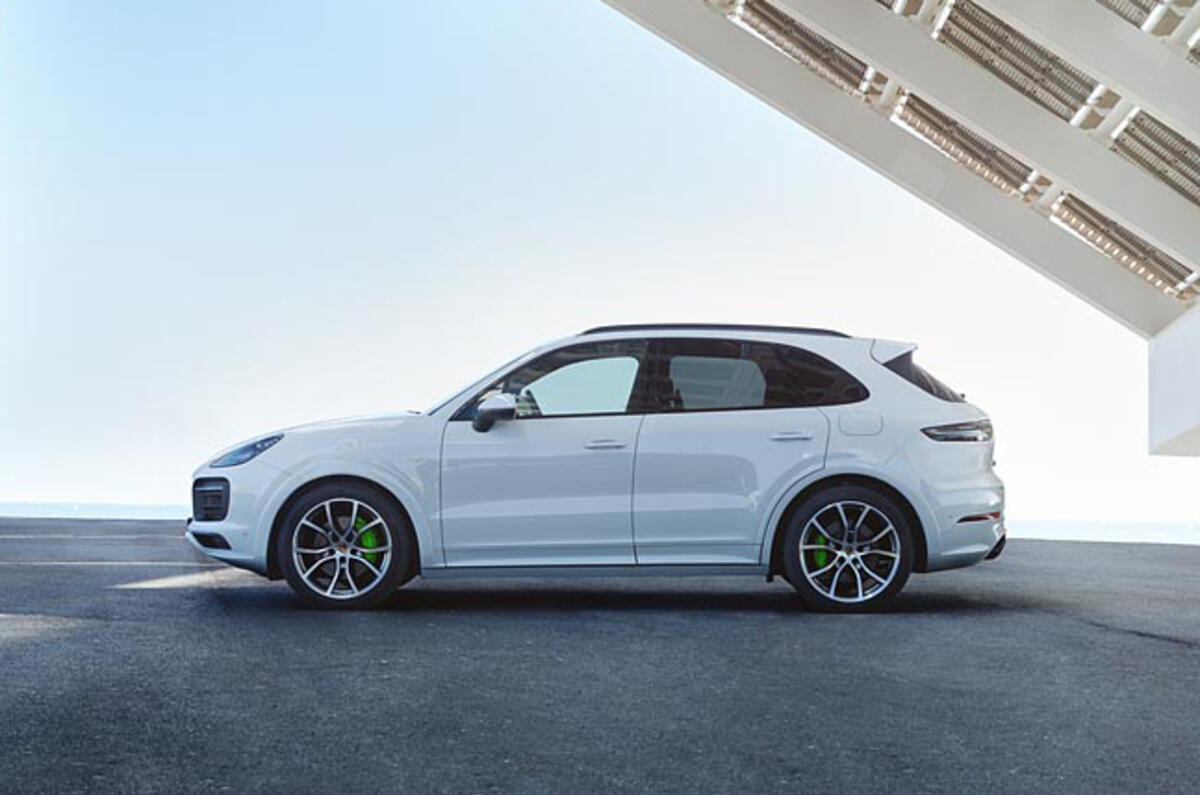



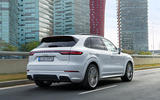





Join the debate
Add your comment
Until that day (if it ever comes that is)
Let the EV owners reap the rewards and enjoy it at the same time
Easy with a smart meter
Signalling over the power lines that will enable of a car charger under a subscription from the power company and the charger will not work without "the signal "under new rules and regulations in a government proposal for example, what's to stop that. Have a look at what's happened in France if you think this is pure fantasy or what I've mention is "all made up". The additional taxes may just come from a geneal need to upgrade the "grid" to support all the current it will be expected to deliver safely an someone is going to have to pay for that if EV are going to be the norm. I have internet over the power line at home so that technology already exists for signals on the power line.
Smart meters...
You can get a smart meter to recognize when a car is being charged, also you can be charged in KVA involving "power factor! for real and apparent power rather than KWH an SMPS have a pretty poor power factor...we will see
Really
And how exactly would smart meter make that distinction? Well, I can't see how.After all, you can charge your electric car in a normal socket - if you're willing to wait an entire night till next morning, meaning there would be no difference in rate of charging or power to differentiate that charging from having nomal appiance connected.
Well, if the state demands answer
Then I was doing my laundry all night long - well, the plug can have long cable and the outlet can be right beside my washer and drier. So let 'em prove, this can't have been me - washing drying my clothing all night long. -----
What the state actually shall most probably do - is not to attempt such an idiotic tax; rather most probably -- road taxing shall be raised. Meaning, on all road use naturally. Thus meaning, ICE vehicles probably get double taxed - road tax raised as ICE vehicles get fewer on the roads. Ultimately meaning road tax ends up pretty high to cover for the los of revenue in fuel taxes.